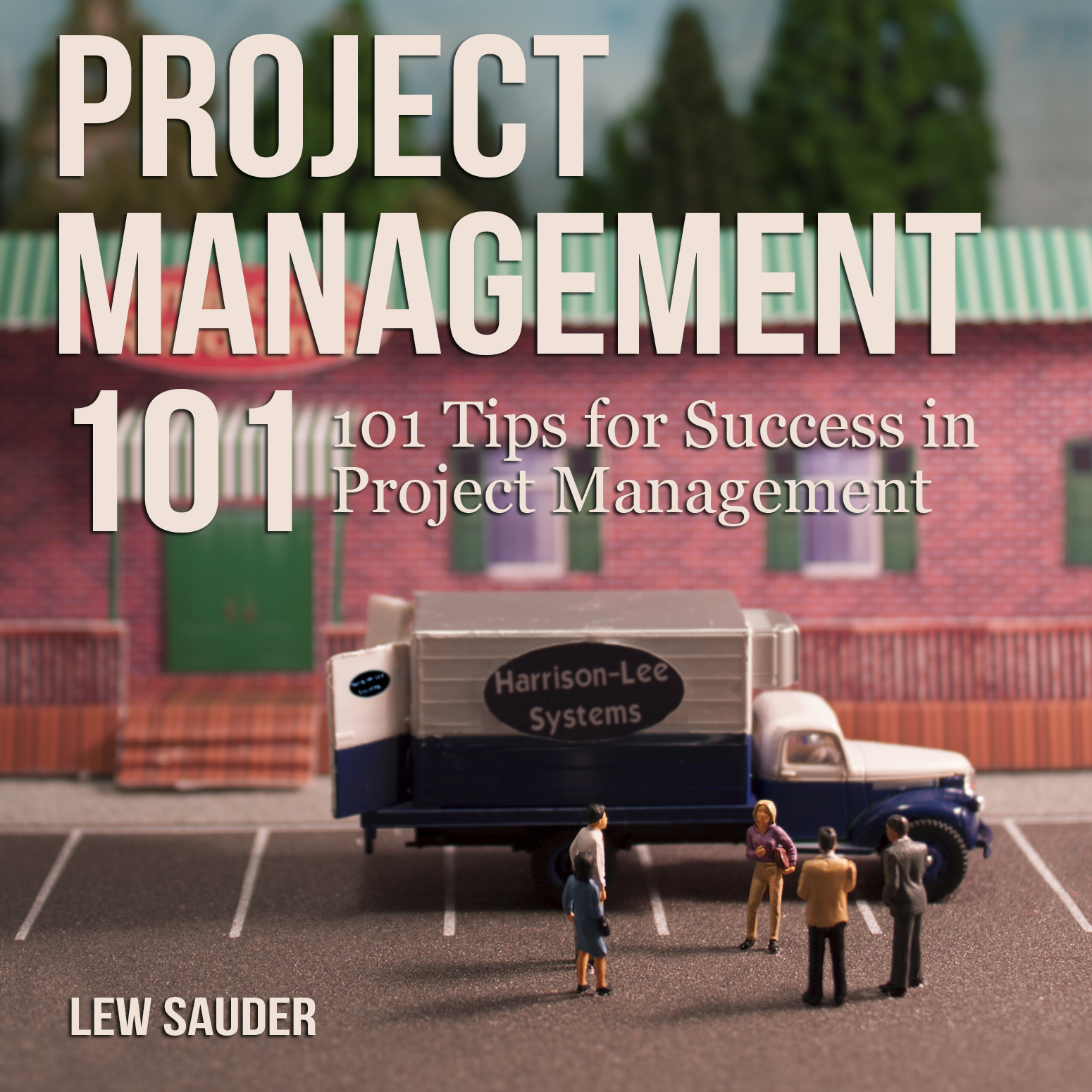I have a friend who is a really good sales person. He is also very entrepreneurial. He has worked for other people for a number of years, but I’ve always been impressed by how he approaches his work like it is his own business. It shows commitment.
He has been talking for a long time about going out on his own. I have encouraged him. He has such a deep knowledge of his industry and a lot of innovative ideas that could help people in it.
But for years, he has talked about how he has everything in his head. “I’ve got all these ideas. I just need to get it down on paper.”
I’ve tried helping him, but he wants to do it on his own. He wants to have it all down and then have someone review it. I suspect he doesn’t know where to start. There is a feeling of overwhelm knowing that you have a thousand ideas to write down. Which one do you start with? What if I forget one along the way?
The difficulty of creating a plan
This is a quite common situation. When you’re overwhelmed with all of the details, you don’t know where to start. It has been said that when we go to a restaurant, even though we say we want a lot of options, we are really happier when there are fewer options. It is easier to choose between three items than thirty. But we’ll complain that there just isn’t much to choose from.
For more information see Project Management Planning Considerations
Some people have such a hard time starting to write it all down that they avoid it altogether. They end up meandering through an undefined process. They forget things, they do low priority tasks only because they are the items that are present of mind. Failures begin to occur and before long, they end up giving up. They rationalize that the market just isn’t there.
In most cases, people would be so much more successful by just writing it down. It doesn’t have to be in perfectly sequenced order. It doesn’t have to be perfect. But getting it down in writing allows you to analyze.
I like to use a simple Excel spreadsheet. I use one column for a primary priority of A, B or C. the second column is for a secondary priority within that level. A third column is the list of tasks. I list out the tasks. Then I define the priority levels. As I go, I add new tasks that I think of. I may eventually add columns to indicate begin dates and end dates. Maybe even a column for dependencies.
I do this for major efforts like a large project or a new business. I also do it to just plan my day. I may end up doing the tasks in a different order. Things happen that change your priorities. But it gives me a baseline; a direction to start out.
Communicating it to others
If the plan is for a major effort that includes others, there are other things to think of. It’s great to have a plan. But if others are involved in some of the tasks, they need to understand the full plan.
Sending the plan as an attachment in an email is not good enough. If you’re lucky enough to get them to read the plan, it still doesn’t mean they will understand it. The plan needs to be communicated.
Sit down with the team and explain what you are trying to accomplish. What is the purpose of your effort? Share a vision of what things will look like when the plan is executed.
All stakeholders involved need to feel involved and know how they fit in to the solution.
Being able to put the pieces together as a plan
Having a list of tasks is one of the most critical starts to having a plan. But the glue that puts all of the pieces together is in the execution. Too often, people put their list together, prioritize things and begin running with it.
They may have communicated the plan to their stakeholders. But they don’t allow for changes along the way. It takes management and organizational skills to put a plan together. It takes leadership to execute it.
A leader understands the difference between undisciplined variances from a plan and necessary changes due to a change in the environment.
When a quarterback on a football team calls a play, the entire team needs to be on board. But when they line up and the QB sees that the opposing team is lined up ready for their play, he will often call an audible – a quick change of plans. He’ll call out a code word to the team indicating that they are going in a new direction. He’d rather risk some chaos of changing things on the fly, than going forward with a plan that has little chance of working.
Many people see any variation from a plan as a failure to have the discipline to stay with a plan. A good leader knows when to be disciplined and when to be flexible.
Don’t be a perfectionist
I’ve often heard people who brag about being a perfectionist. On the surface, that sounds like a good trait to have. But perfection is rarely attainable. And the costs of striving for it can be high.
People who put a plan together want it to be perfect. They want to allow for anything that could go wrong. This is usually the one thing that keeps them from beginning execution of a plan. It’s just not perfect yet.
They have to accept that the plan is just that – a plan. Situations change which cause plans to change. You can’t anticipate every issue that will come up. You have to trust your judgment to be able to call your own audible when the situation changes.
It is important to develop a decent plan to give you direction. It is even more critical to stop planning at some time and begin executing. Nike has never once said, Just Plan It.
What is keeping you from just doing it?
If you would like to learn more about a career in Project Management, get Lew’s book Project Management 101: 101 Tips for Success in Project Management on Amazon.
Please feel free to provide feedback in the comments section below.
Image courtesy of Chaiwat at FreeDigitalPhotos.net






0 Comments